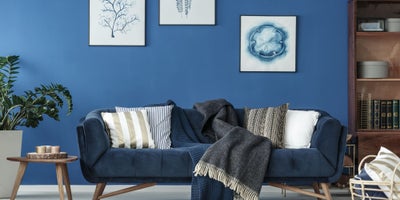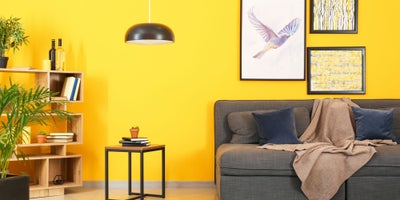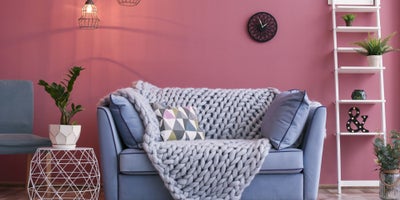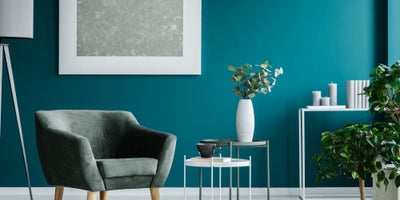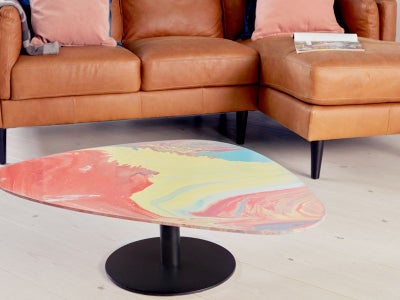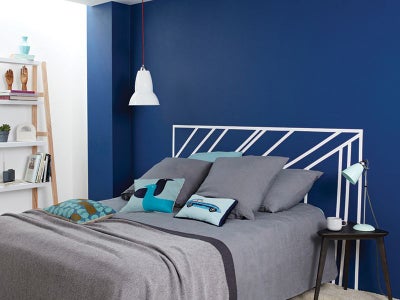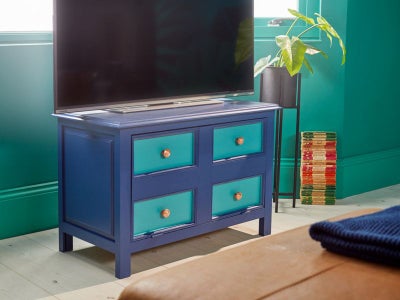How to choose the perfect paint colour for your spaces
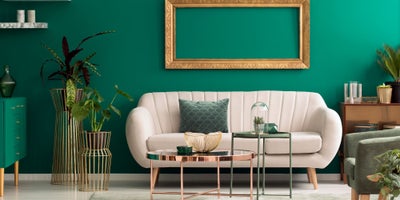
Expertly transforming a room is all in the preparation, colour scheme and light aspect working together to create a space that you’ll want to spend time in. However, when it comes to renovating or refreshing a room with a new paint job, picking out the right colours for your spaces can feel like a daunting task.
With the ability to completely transform, the paint colour you choose can change the feel of a room, influence the space and impact the way changing light affects the mood.
With millions of colours to choose from, here are 5 ways to help you choose the perfect colours for your home.
